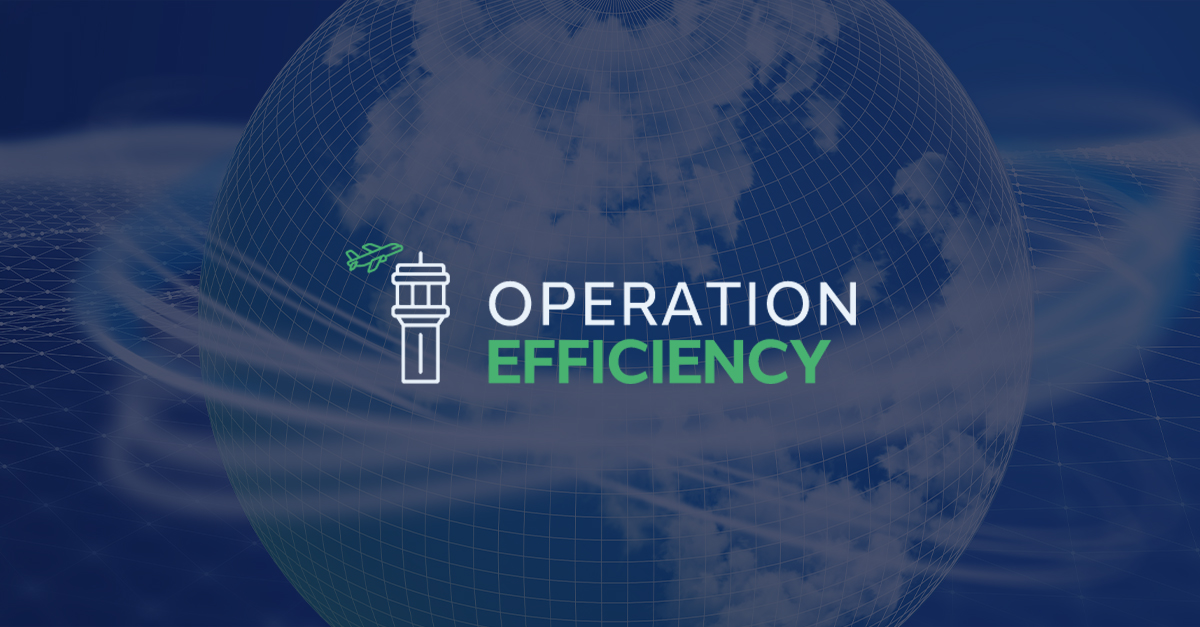Operation Efficiency and the Road to Net Zero
The pursuit of Net Zero, the goal to make air travel more sustainable and the aviation industry greener, is filled with complex barriers to overcome. Operation Efficiency will play a crucial role in aiding the industry to reach the 2050 targets and beyond.
According to ONS, “Net zero means that the UK’s total greenhouse gas emissions would be equal to or less than the emissions the UK removed from the environment. This can be achieved by a combination of emission reduction and emission removal.” In other words, it’s a process of creating a balance in the atmosphere by removing at least the same amount of carbon that is being emitted into it.
It certainly is a herculean task, but we can start tackling it by reducing emission outputs in the first place, using sustainable aviation fuels (SAF) and renewable energy sources, by offsetting any remaining emissions, and most importantly for this blog; increasing operation efficiency.
Flight Operations
To achieve operation efficiency, it is vital to bring scrutiny to different aspects of aviation operations, both on the ground and in the air.
In-flight considerations include looking at the most efficient flight paths and descent patterns. Airlines and air traffic controllers are starting to implement better real-time data and intelligent AI predictive systems in order to better organise busy airspaces.
Operation efficiency must also be improved on the ground by continuously optimising aircraft maintenance and ground handling operations. This includes the electrification of ground handling vehicles and improved taxiing efficiency.
Aircraft Technology
Modernising existing airline fleets so they are using the latest, more sustainable technology and retiring older aircraft is by far one the most effective ways of improving aircraft efficiency. However, this a significant cost to airlines and something that the whole supply chain is in-fact not ready for.
Another, perhaps more realistic endeavour, is the retrofitting of older aircraft. Some aircraft can be modified to enhance their operational efficiency such as adding winglets, swapping out to more lightweight equipment and changing cabin designs. In fact, using recycled materials in the cabin interior and on-board collateral can reduce waste and lower the overall environmental impact.
Importance of Collaboration
Collaboration is one of the most essential factors in the pursuit of Net Zero. Industry needs to work together across the whole supply chain to improve the development and implementation of more sustainable technology, infrastructure and measures. Meanwhile, Government and regulatory bodies need to continue working together to produce policies that encourage sustainability


